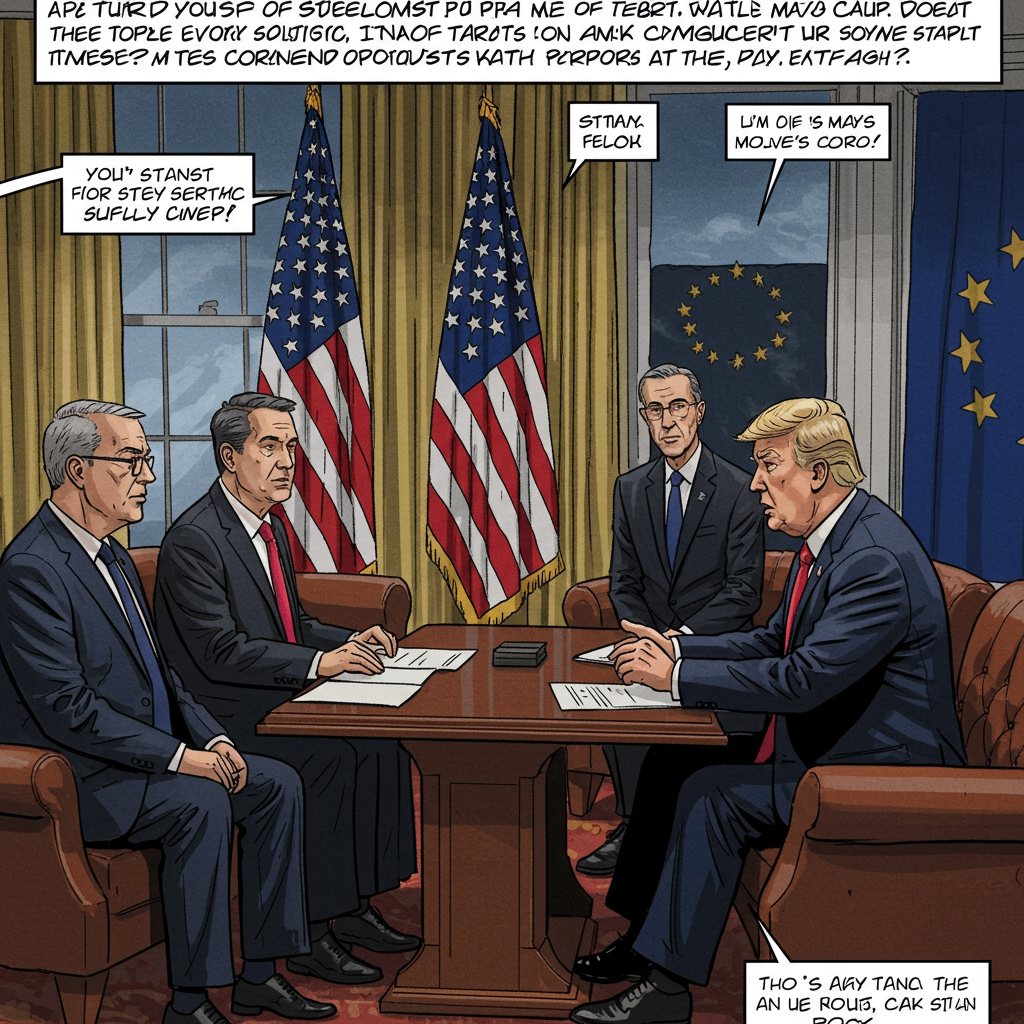Austin Robotaxi Launch Under Pressure: Texas Lawmakers Seek Delay Amid Safety Concerns & New Law
Texas lawmakers are urging Tesla to postpone its planned launch of robotaxis in Austin. The call for a delay comes after a safety advocacy group conducted a public demonstration raising concerns about the technology’s performance, and as the state prepares to implement new regulations for autonomous vehicles.
A letter sent to Tesla’s Director of Field Quality, Eddie Gates, highlights the lawmakers’ request to delay the launch from its intended June 22 date until at least September 1, 2025.
Why Lawmakers Want a Delay
The core reasons cited by state senators Sarah Eckhardt (D-Austin) and Judith Zaffirini (D-Laredo), alongside state representatives Lulu Flores (D-Austin), Vikki Goodwin (D-Austin), Gina Hinojosa (D-Austin), Donna Howard (D-Austin), and Erin Zweiner (D-Driftwood), are twofold:
- Upcoming State Law: A revised framework for autonomous vehicle operations, originally established in 2017, is set to take effect on September 1, 2025.
- Safety Concerns: A recent demonstration by a safety advocacy group allegedly showed Tesla’s self-driving software failing to stop for child mannequins after illegally passing a stopped school bus.
The lawmakers’ letter emphasizes that the new law requires commercial autonomous vehicle operators transporting passengers or property to secure prior authorization from the Texas Department of Motor Vehicles (DMV) before operating on public roads without a human driver.
Requirements Under the New Autonomous Vehicle Law (Effective Sept 1)
To obtain DMV authorization under the revised framework, operators must demonstrate that each autonomous vehicle meets specific criteria. According to the lawmakers’ letter, these requirements include:
Capability to operate in full compliance with all state traffic laws.
Equipping vehicles with a functional recording device.
Adherence to all applicable federal laws, including federal motor vehicle safety standards.
Ability to enter a minimal risk condition if the automated driving system malfunctions or becomes inoperable.
Proper registration, titling, and insurance coverage under Texas law.
Furthermore, operators are mandated to submit a detailed First Responder Interaction Plan to the Texas Department of Public Safety (DPS). This plan must outline how first responders should safely interact with the autonomous vehicles, covering aspects such as:
Procedures for communicating with the vehicle fleet’s support system.
Safe methods for removing or towing vehicles from roadways.
Clear indicators for first responders to recognize when the automated driving system is engaged.
Any additional crucial information regarding potential hazardous conditions or public safety risks associated with the vehicles.
The lawmakers’ letter explicitly asks Tesla to hold off on robotaxi operations until the September 1 law takes effect. However, it also poses an alternative: if Tesla proceeds with the June 22 launch, the company must provide comprehensive information demonstrating full compliance with the upcoming legal requirements at the time of launch*.
Safety Demonstration Raises Alarm
Adding urgency to the lawmakers’ request is a demonstration conducted by The Dawn Project, a safety advocacy group known for scrutinizing self-driving technology. The group held a live test in Austin on June 12, collaborating with Tesla Takedown and ResistAustin.
According to The Dawn Project, they tested the latest version of Tesla’s Full Self-Driving (FSD) software (v13.2.9) eight times. In each test, the vehicle allegedly drove past a stopped school bus (an illegal maneuver in Texas) and subsequently struck a child-sized mannequin positioned in front of the bus. The advocacy group claims the software did not disengage or even alert the driver to the impending collision during any of the tests.
Dan O’Dowd, founder of The Dawn Project, issued a strong statement regarding the demonstration: “The people of Austin never signed up to be the crash test dummies for Tesla’s reckless Robotaxi experiment.” He further characterized Tesla’s self-driving software as “a clear and present danger to all road users” and called its deployment “unconscionable” given the test results. O’Dowd also suggested the safety issues provide Elon Musk with a reason to delay the rollout and potentially attribute it to government requirements rather than software defects.
Austin Residents Weigh In
Local reaction to the potential launch and the lawmakers’ request appears mixed, reflecting cautious curiosity. Some residents express willingness to try the service, albeit perhaps for short trips initially. Others voiced observations about the vehicles’ behavior in traffic, noting they “distance themselves” and raise questions about how they “react to traffic patterns.”
Ultimately, some acknowledge that autonomous vehicles represent the “future” and possess the “potential to keep people safe,” recognizing that human error is also a significant factor in road safety.
The situation in Austin underscores the ongoing tension between the rapid development and deployment of autonomous vehicle technology and the critical need for robust safety standards and regulatory frameworks to ensure public trust and safety on shared roadways.



